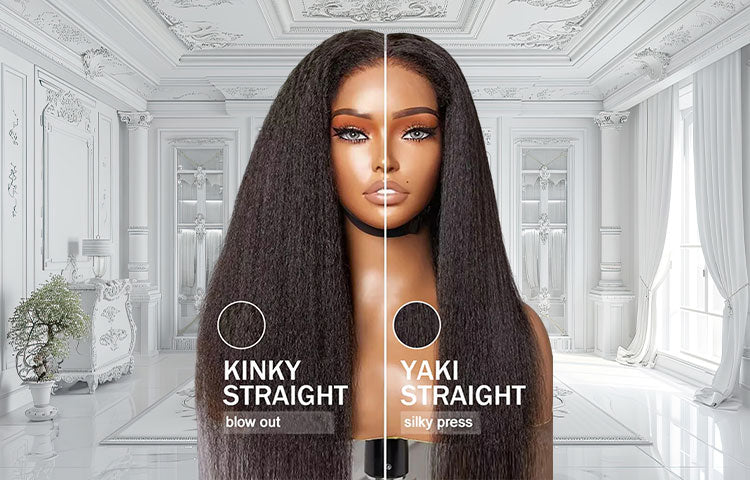A Brief History of Wigs: From Ancient Times to Modern Fashion
Wigs have a long and fascinating history, spanning cultures and centuries. From ancient civilizations to contemporary fashion runways, wigs have played a significant role in human adornment and self-expression. Let's take a journey through time to explore the evolution of wigs and their cultural significance.
Ancient Origins
The use of wigs dates back to ancient times, with evidence of their existence found in civilizations such as ancient Egypt, Greece, and Rome. In ancient Egypt, wigs were not only a fashion statement but also had practical purposes, such as protecting the head from the sun and serving as a status symbol among the elite. These wigs were often made from human hair, wool, or plant fibers and were meticulously styled to reflect societal norms and ideals of beauty.

Renaissance Elegance
During the Renaissance era, wigs experienced a resurgence in popularity, particularly among European nobility. Wigs were worn as a symbol of wealth and social status, with elaborate styles becoming increasingly common. The most coveted wigs were made from human hair and often adorned with jewels, ribbons, and other ornate decorations. Wigs also served a practical purpose during this time, as they helped to conceal hair loss, which was common due to poor hygiene practices and widespread diseases.
The Rise of Versailles Fashion
In the 17th and 18th centuries, wigs reached new heights of extravagance and opulence, especially in France during the reign of Louis XIV. The French court at Versailles became synonymous with elaborate wigs, with both men and women donning towering creations that defied gravity. Wigs were an essential component of aristocratic fashion, with elaborate curls, towering heights, and intricate designs becoming the norm among the elite.
The Victorian Era and Beyond
By the 19th century, wigs began to decline in popularity as hairstyles became more natural and simplistic. However, wigs continued to be worn for special occasions and theatrical performances, with wigmakers refining their craft to create more realistic and versatile designs. The invention of synthetic materials in the 20th century revolutionized the wig industry, making wigs more affordable and accessible to a wider audience.

Modern-Day Revival
In recent decades, wigs have experienced a resurgence in popularity, thanks in part to advancements in wig-making technology and changing fashion trends. Wigs are now worn not only by those experiencing hair loss but also by individuals looking to change their look or make a bold fashion statement. From natural-looking human hair wigs to colorful synthetic styles, wigs have become a versatile accessory embraced by people of all ages and backgrounds.
In conclusion
The history of wigs is a testament to human creativity, ingenuity, and the enduring quest for beauty and self-expression. From ancient civilizations to modern fashion runways, wigs have evolved and adapted to reflect the changing tastes and desires of society. Whether worn for practical purposes or as a fashion statement, wigs continue to captivate and inspire us with their timeless allure.














